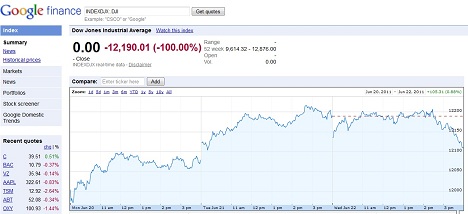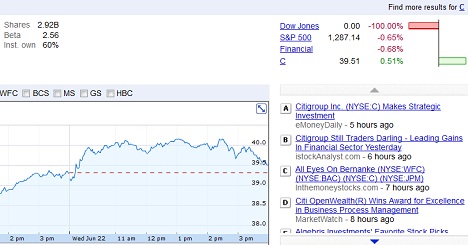When I first learned about the practice of shorting stocks, I was surprised that it was allowed. Investors can literally reduce the stock price to a fraction of what it was when they heavily short it, this is because when you short a stock, you’re actually borrowing (not buying) the stock from your broker, and selling it immediately in the market, which means you are performing a sell trade, which increases supply of the shares of the particular stock you’re selling, ultimately reducing the price. Not only that, when other (shall I say “fellow”) investors notice that a stock is being shorted and is an downtrend, then they start playing the same game as well, which will reduce the price of the stock further, making the bearish trend of the stock even harder to break.
Although heavy shorting can have devastating effects on a stock, it’s not illegal. However, naked shorting is…
What is naked shorting?
Before I continue writing, I have to stress the point that if you don’t know what short selling is, then this is the only place where you will be able to understand what it really means – everywhere else the definition is copied as is (or with little modification) from the SEC, and we all know how good the SEC people are at explaining market terms for the layman.
Anyway, As explained above, when you short a stock, you’re actually borrowing it from your broker, and then trying to sell it immediately on the market. Now, when you’re selling a stock, this means that there is a buy transaction happening (for every sell there is a buy, and vice versa), but what if you didn’t even borrow the stock? Of course, ordinary people such as you and I cannot do this, but large investors and investment firms can, they sell the stock immediately without even borrowing it (let alone buying it), in other words, they are selling something that they don’t have and will never have. This is called naked short selling. Let me explain this more…
Every trade made on the stock market consists of two transactions, a buy and a sell. When you buy a stock, somebody is selling that stock, and when you’re selling a stock, somebody is buying that same stock from you. Of course, you don’t know to whom you are selling and who’s buying from you, and you don’t care. Now, this buy-sell trade keeps the stock price in check, when you are selling and there is no buy at your current price, the stock will drop in value, until the system automatically locates a buyer who is willing to buy your shares for the current stock price (and not the price that you initially sold at). Let’s look at the example below to see the difference between a normal trade and naked short selling trade.
Naked short selling example
Normal sell order: You are trying to sell 10,000 shares of SIRI at the current price of $1.94. The system tries to find a buy who’s willing to pay $1.94, but couldn’t find any, it tries again for someone who’s willing to pay $1.93, but with no luck. Finally, the system will find a buyer who’s willing to pay $1.90. At this point, we have a buy transaction, which will pump the price of the stock a bit, or at least stop it from falling further.
Naked short selling: Now, imagine you are selling 10,000 of shares of SIRI that you don’t even have, no one is interested at $1.94, so the stock drops further. At $1.90, a buyer shows up, and wants to buy the SIRI shares from you, but guess what, you don’t even have the shares (this is called “failure to deliver” – by the way, when you sell stocks you have 3 days to deliver these stocks to the buyer, but in your case you’ll never be able to). So, practically, we have a sell transaction that created supply in the market, but the buy transaction that creates the demand will never happen. So the stock will continue to decline… Now imagine that this scenario is done at a very large scale? What will happen? A huge supply will be created in the market with no possibility for demand to exist (because the supply is fake). Obviously, the stock price will be in free fall. That’s what naked short selling can do!
Naked short selling reduced AIG’s stock price to less than half a dollar ($10 if we take the 1:20 reverse split that took place in 2008) back in 2008. Naked short selling also accelerated the fall of Lehman Brothers.
Naked short selling is considered to be a form of market manipulation, and as such is banned by the SEC (see here for more information). Short selling, on the other hand, is legal and is heavily practiced and is considered to be one of the stabilizing factors in the price of a stock and in the market as general.



